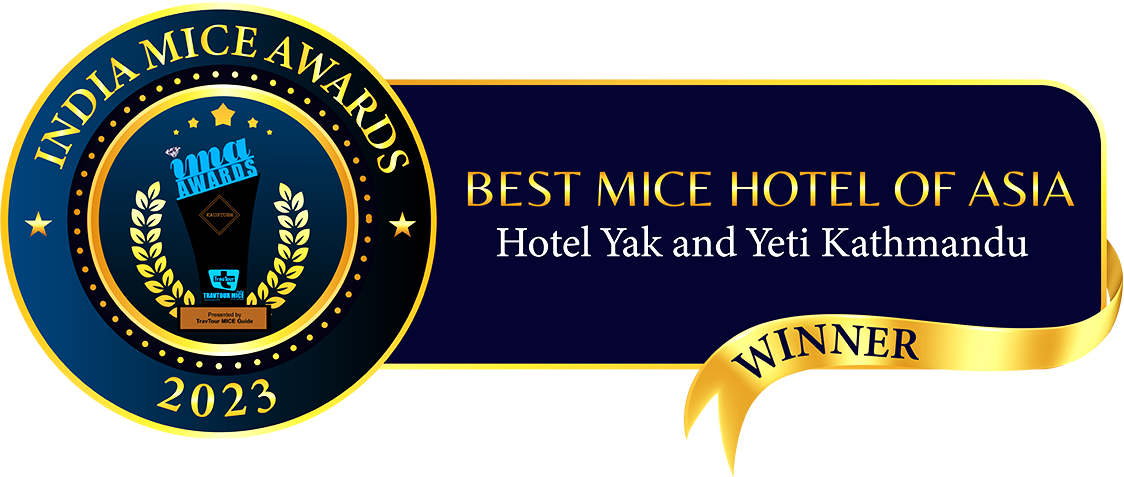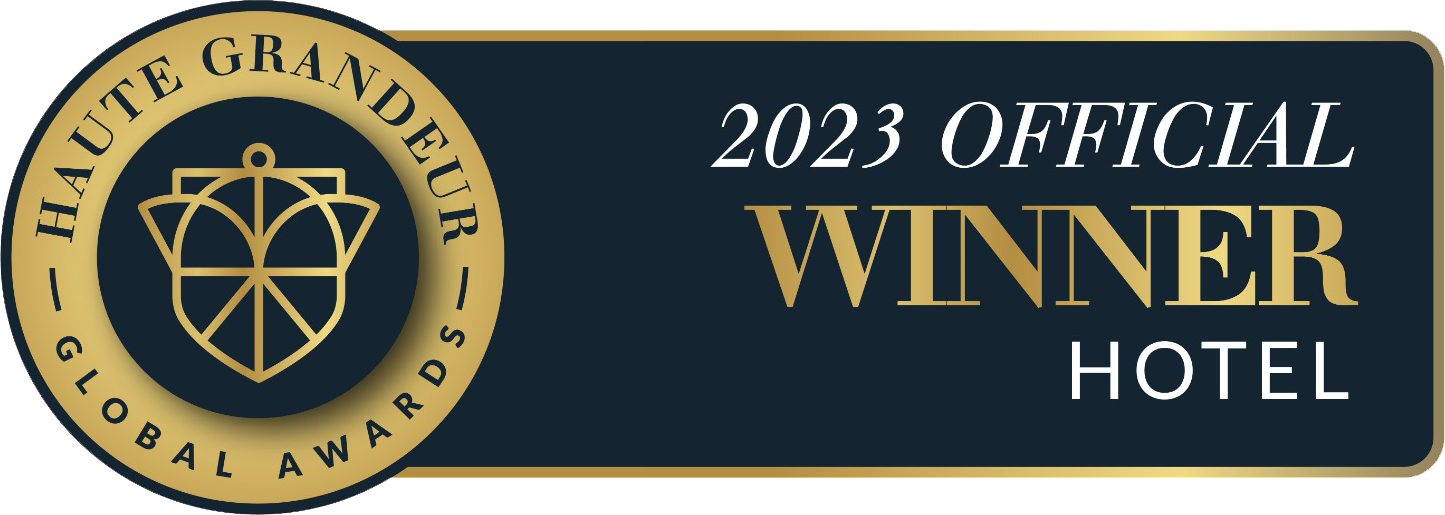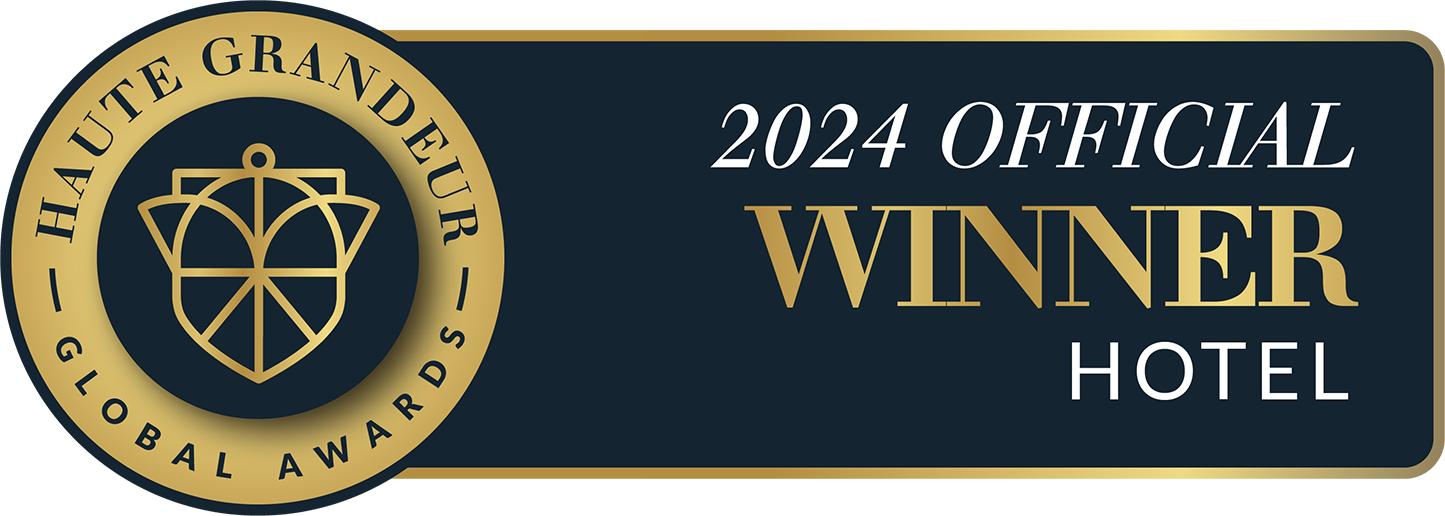Manakamana Temple
Manakamana Temple, The Wish Fulfilling Goddess
The Manakamana Temple is situated in Gorkha district of Nepal. It is a sacred place of Hindu Goddess Bhagwati, an incarnation of Parvati. The name Manakamana originates from two words, “mana” which means heart and “kamana” which means wish. It is believed that if anyone makes a wish by their heart here then their wish will be fulfilled.
The temple is approximately 140km from Kathmandu. It is 12km south from Gorkha town and 1302m above the sea level. The Manaslu - Himachali and Annapurna ranges can be viewed to the north of the temple. There are river valleys of Trisuli in the south and Marsyangdi in the west. Manakamana as explained by ancient history on 17th century is a reincarnation of the then queen of Gorkha. The queen possessed divine powers-a fact known only to Lakhan Thapa, her devotee. One day, when the king discovered that the queen was a Goddess, he suddenly died. It is said that a farmer found a stone while digging his field from which milk and blood is said to have poured into the ground. The flow ceased when Lakhan Thapa worshipped the stone with tantric rituals. The site became the foundation of the present-day shrine. According to the tradition, the priest at the temple must be a descendent of Lakhan Thapa. Renovated many times, the Manakamana Temple has a four-tiered pagoda style roof with the entrance facing southwest. The priest performs daily prayers and rituals behind closed doors before allowing the public to enter. Manakamana Devi is widely believed to bless her devotees by fulfilling their wishes. There are two alternatives for reaching the Manakamana Temple i.e. by cable car or by foot. The cable car rides over the distance of 2.8 kilometers for about 10 minutes. The cable car operates during the daytime from 9am to 5pm. Installed by an Austrian company, the Manakamana Cable Car has been operating since November 1998. There are 34 cable cars, among them 31 are for the passengers and 3 for the cargo. Each cable car has the capacity to carry 6 persons at a time. The system has a capacity of handling 600 persons per hour. The cable car technology has benefitted people a lot. Every year large number of visitors visit the temple. There are many reasons for visiting this temple, many married couples come here to worship for their long life together, students for their success in their studies, businessman for their success in their business and so on. It has become the best spot for trek lovers. Many people also come here to experience the cable car ride. The view seen from the cable car is breathtaking. It has become one of the famous tourist destinations of Nepal. Though it is easily reached by cable cars, hiking route to Manakamana Temple is beautiful and charming. It is about 4hours hike. Orange field, forests, local villages and view of Trisuli river makes hiking route fun and interesting. We can also enjoy spectacular views of green hills and valleys, terraced fields as well as the Manaslu - Himachali and the Annapurna ranges around the temple area. Visit to Manakamana Temple gives us an opportunity to know more about religious importance of Nepal. We can find many national and international tourists here. Surrounding the temple there are many local types of restaurants that provide typical Nepali meals. There are restaurants at the base of cable car that provide western foods as well. There are plenty of typical gifts shops around. Definitely visiting Manakamana Temple is a worthy experience.
Similar blogs
View all











